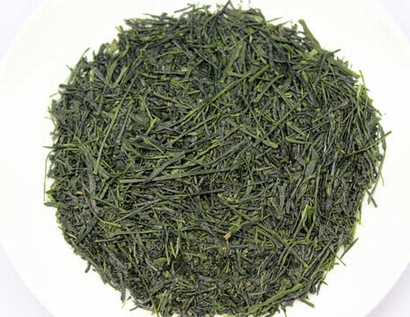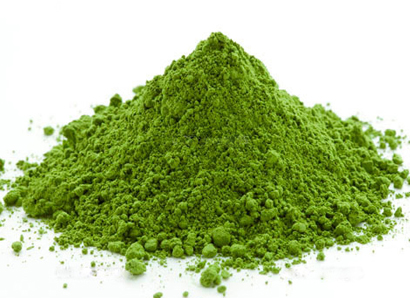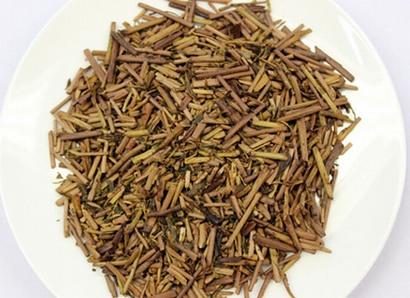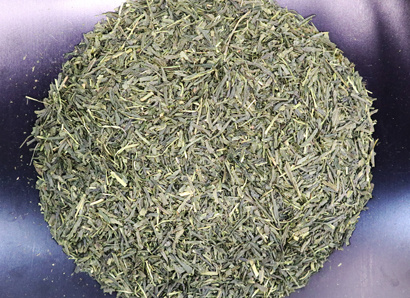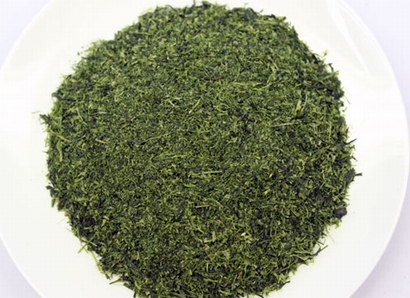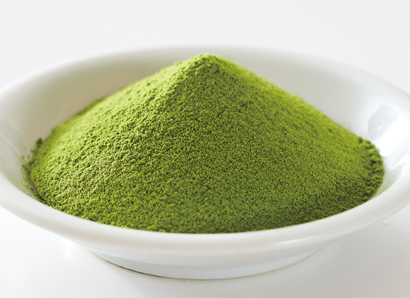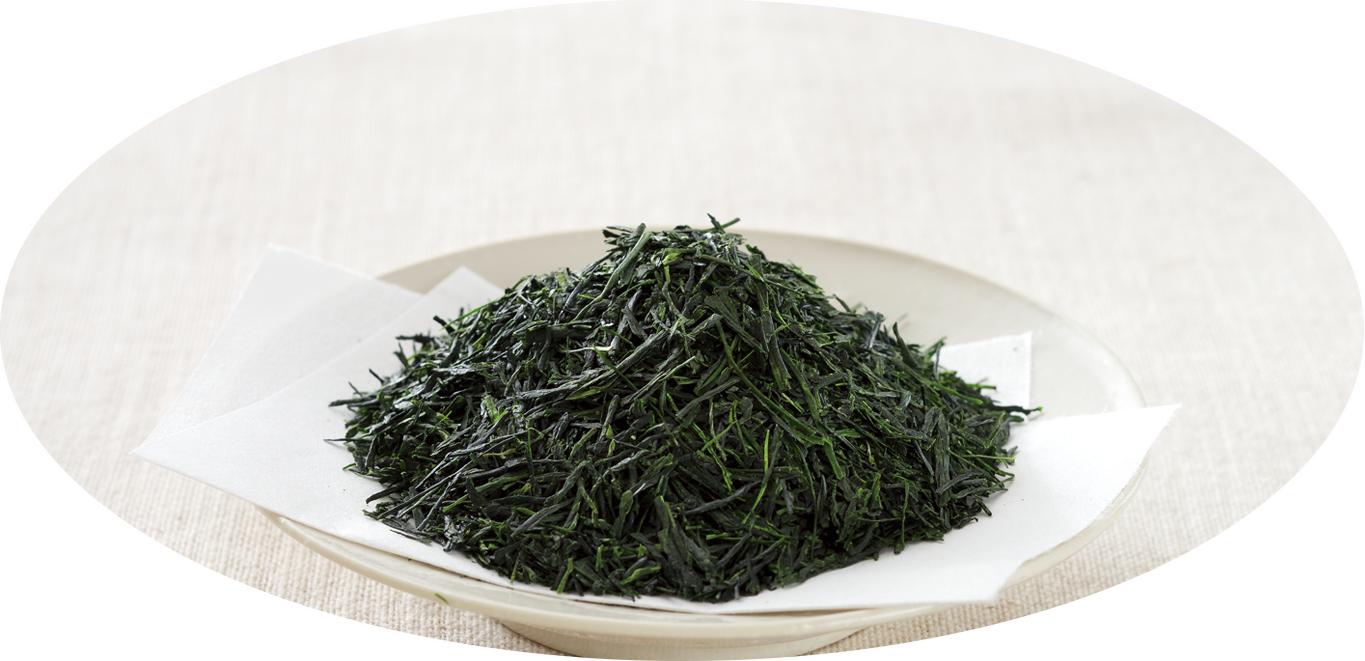

OISHICHAEN CO.,LTD|株式会社大石茶園
※Oishi Tea Factory is a wholesale company for corporations
※General consumers please search for Ochamura
Traditional Authentic Yame Gyokuro,Gyokuro, Kabuse
About this product
The production area-Yame city, is featured for its carefully honed cultivation and production methods.
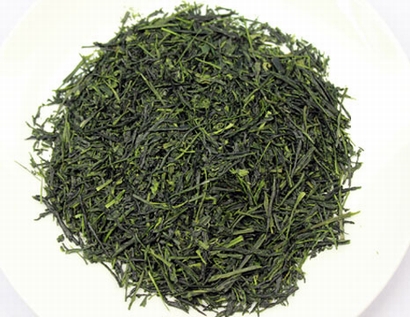
GI Traditional Authentic Yame Gyokuro
A geographical indication (GI) is a name or sign used on products which corresponds to a specific geographical location or origin. The use of a geographical indication may act as a certification that the product possesses certain qualities, is made according to traditional methods, or enjoys a certain reputation, due to its geographical origin.
Basic factors for producing Traditional Authentic Yame Gyokuro
-
1Natural growing without pruning.
-
2Well fertilizer-management.
-
3The coating shall be indirect of shelving and shall be made of rice straw.
-
4Shaded with rice straw for more than 16 days
-
5Hand-picking.
-
6Regularly picking
-
7Be careful with leaf management to avoid manufacture defects.
Gyokuro
Before harvesting, the tea plants are shaded with mats made of natural materials for a certain period of time.
With the increase of theanine and other amino acid, and less of catechin, the resulting tea has a fresh, flowery-green aroma, and a robust, smooth flavor rich in umami.
To taste the fragrance of Gyokuro, it is important to leach with hot water of about 50 ℃.
Kabuse (covered tea)

Production methods are basically the same as Sencha and Gyokuro, but is different in cultivation methods. Kabuse tea plants, like Gyokuro and Tencha ones, are shaded with a black curtain called kanreisha (寒冷紗) before harvesting. But unlike the two other kinds of covered teas, Kabuse is covered for 3 to 10 days, which is much less than Gyokuro (20 days) and Tencha (30 days).
In addition, while methods for making Gyokuro and Tencha require to cover the whole tea fields, the method for Kabuse differs by only covering the tea tree itself. Using the light-blocking curtain makes the tea leaf rich in theanine (the source of umami), and with less catechin (the source of bitterness). Furthermore, Kabuse has a brighter color than Sencha (light green), and also has a sweet odor.
- OISHICHAEN CO.,LTD|株式会社大石茶園
-
- Feel free to contact us with any further queries
- 0943-24-0010
- 0943-24-0020
- Contact us by email
